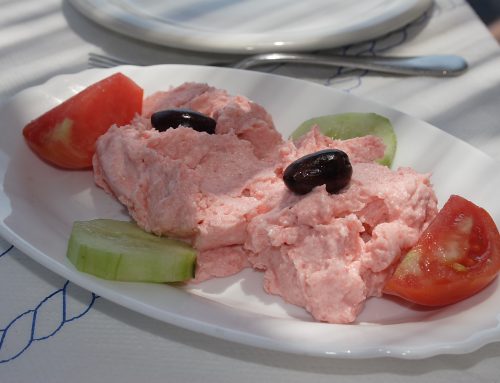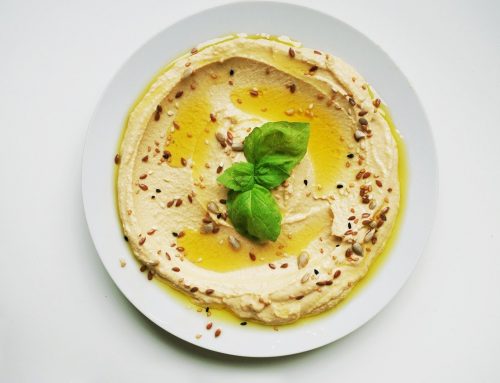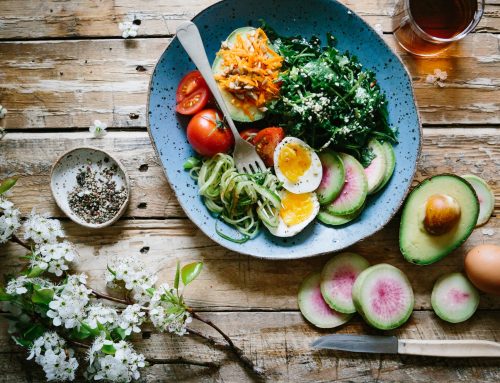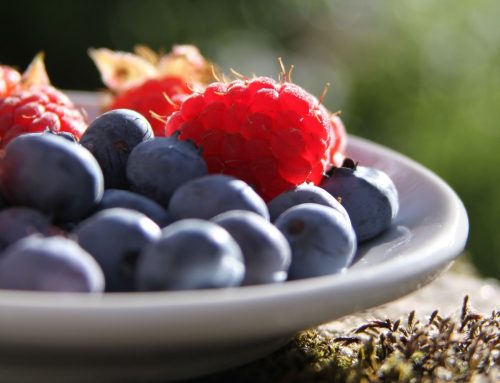Consumer preferences for plant-based foods and the growing popularity of vegan and paleo diets are driving demand for nuts, seeds, and grains. Market research projects the compound annual growth rate (CAGR) for nuts and seeds to be approximately 4.7% between 2018 and 2024.
To keep up with that growth, processors will need to increase output in the coming years. Companies that process nuts, seeds, and grains are also thinking about how to maintain food safety and the healthy characteristics of the food itself as they grow to meet demand. Consumers don’t want to sacrifice the essential nutrition in nuts, seeds, and grains for price or availability. They want it all.
For some time, regulations have been in place that require pasteurization of common and high-risk foods such as dairy products. But, to maintain high food safety standards, pasteurization should be considered for many other types of foods, including nuts, seeds, and grains.
Pasteurization of Nuts, Seeds, and Grains Achieves Food Safety
There’s a common assumption that dry or low-moisture foods don’t have to be pasteurized. Low-moisture foods present fewer risks for foodborne illness, but they’re not immune to the possibility. In fact, in 2016, CDC attributed an outbreak of Salmonella infections in multiple states to raw pistachios.
Indeed, low-moisture foods can become contaminated with pathogens such as Salmonella and E. coli. Although pathogens cannot successfully grow and multiply on low-moisture foods, the environment can be adequate for pathogens to survive. Without pasteurizing low-moisture foods, there is no kill step to eliminate pathogens and ensure food is safe for consumption.
Moreover, some nut varieties, such as almonds and pecans, are harvested in a unique way that can potentially expose them to contamination. Almonds and pecans grow on large trees and pass through many different stages during their maturation.
For example, in the last stage of development, the hull of an almond starts to crack, allowing air to dry it and the almond. To harvest the almonds from the hulls and the trees, farmers use mechanical tree shakers to shake the almonds from the shells. The dried almonds then drop to the ground and dry there for up to 10 days, during which time they can come into contact with debris, insects, and potential pathogens on the ground.
This is one of the reasons the almond industry began to self-regulate more than a decade ago. Now, the Almond Board of California (ABC) requires that all almonds grown in California be pasteurized. Research conducted by the ABC states that “there is a low level presence of Salmonella in the soil across the California almond growing region, regardless of location, soil type, growing practices or age of orchard.” As a result, in 2007, the board began regulating that all California almonds shipped within North America be pasteurized.
Researchers Danyluk and Brar note in Microbiology Spectrum that nuts and grains could be “contaminated with foodborne pathogens at any stage during production, processing, storage, and distribution.” They state that sources of contamination can range from “soil, animal intrusion, contaminated harvesting equipment, harvest and preharvest handling, and storage conditions.”
Enough evidence exists to make a case for nut, seed, and grain pasteurization.
Methods of Pasteurization
Pasteurizing low-moisture foods is challenging because they are not liquid. Processors utilize several technologies to pasteurize nuts, seeds, and grains. These include steam pasteurization, fumigation, irradiation, and emerging methods in non-thermal pasteurization.
The traditional approach has been a heat treatment, such as steam pasteurization, that uses high levels of heat to kill pathogens. However, heat treatment can be perceived as “cooking” the food to some extent, and changes the sensory and nutritional qualities of nuts, depending on the duration of the heat exposure.
Food is typically steam pasteurized in a batch system, which creates other potential drawbacks. Batch pasteurization increases dwell time, or the time the food is exposed to heat during the pasteurization process. During steam pasteurization, food is exposed to varying levels of heat for 40 to 60 minutes. As heat penetrates through the skin of nuts, reaching its core, protein bodies are distorted, oleosomes burst, and the endoplasmic network is destroyed. Also, the high temperature can potentially cause the skin of the nut to pull away, changing the mouthfeel of the product.
Another pasteurization process fading from popularity is fumigation. Fumigation uses propylene oxide (PPO) to reduce bacteria, yeasts, and mold on raw food. PPO has been classified as a potential carcinogen and could be a public health risk.
Irradiation, another approach that has lost support recently, uses one of three kinds of radiation: gamma rays, electron beams, or X-rays. It carries a negative stigma amongst consumers, and FDA requires irradiated food to be labeled.
As processors seek new approaches to satisfy today’s consumer demand, there is an increased need for a better pasteurization technology for low-moisture foods. In turn, a new, non-thermal method for pasteurizing nuts, seeds, and grains gives processors an option to pasteurize foods in a manner that maintains the nutritional and sensory quality of food.
Non-Thermal Method Pasteurizes Food Using Organic Solution
Agri-Neo’s organic, non-thermal pasteurization method, called Neo-Pure, gives processors a new way to achieve food safety and still maintain food quality. The method uses an organic liquid solution, paired with a continuous food processing system, to pasteurize nuts, seeds, and grains. The technique uniformly destroys pathogens on food surfaces, including cracks and crevices, that can harbor pathogens.
The pasteurization process works by misting an organic liquid solution onto the surface of the food; the solution then biodegrades completely in a closed-loop food safety system. The integrated, continuous system can pasteurize a minimum of three metric tons of food per hour.
First, the dedicated food safety system disperses the organic solution, a fine mist, onto food. This approach allows the solution to uniformly cover the food, reaching cracks and crevices that can harbor pathogens. The solution is activated to kill pathogens as soon as it covers the food. It then begins to penetrate the cell walls of the pathogen cell in contact. Through this process, the pathogen cells start to disintegrate and die. Then, the food moves to a drying stage where dry air brings the food’s moisture back to its original state.
Non-thermal pasteurization can achieve a 5-log (99.999%) reduction of harmful pathogens such as Salmonella that is validated by third-party process authorities. The system delivers many additional benefits for food processors, including cost, speed, and the quality of the food.
The non-thermal pasteurization process is validated on more than 15 low-moisture foods, including chia, flax, and cashews.
Pasteurized Nuts and Seeds Meet Consumer Nutrition Expectations
A person’s sensory perception of food plays a vital role in food preferences and healthy eating habits. To meet the rising consumer demand, pasteurization processes should aim to maintain the four sensory elements of food that people experience when they eat it: appearance, flavor, odor, and texture. Sensory perception can contribute to a person’s food purchasing patterns. Innovative non-thermal pasteurization methods maintain the nutrition and sensory elements that flourish naturally in low-moisture foods and support the health and well-being of the people who eat them.
Now, processors can stand by their claims to offer raw, pasteurized nuts, seeds, and grains and meet the expectations of today’s consumers. Consumers deserve a better pasteurization solution for these foods, and processors are looking for more options to meet this consumer demand.
Source: Food Quality and Safety





